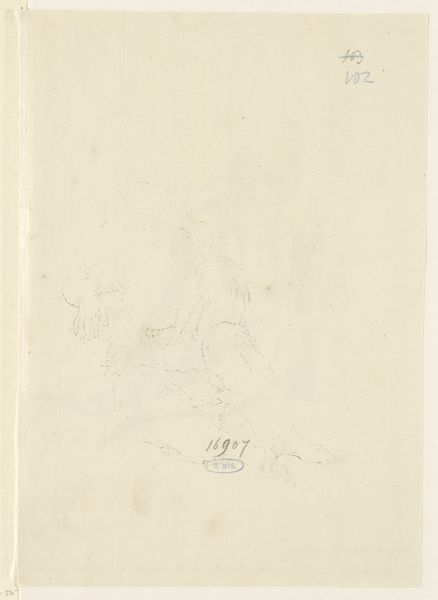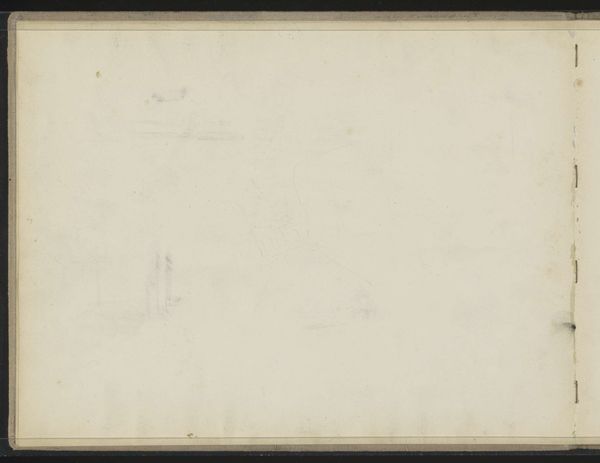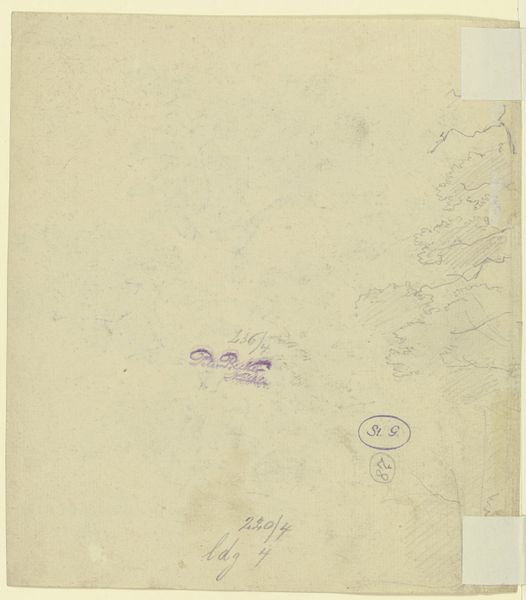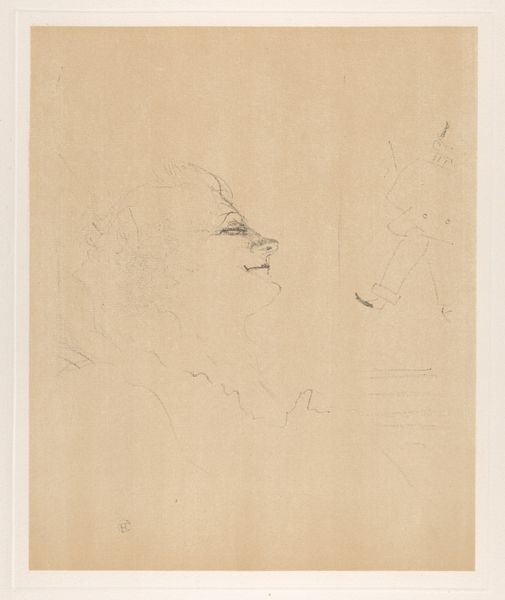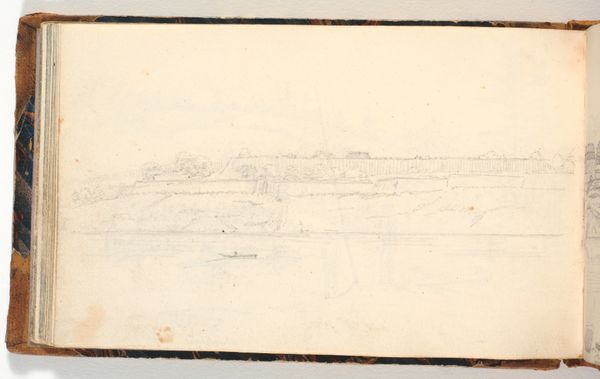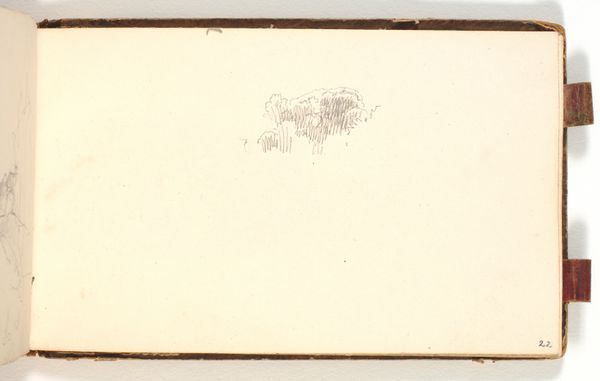
drawing, pencil
#
drawing
#
water colours
#
landscape
#
pencil
#
watercolor
#
realism
Dimensions: height 250 mm, width 480 mm, height 600 mm, width 480 mm
Copyright: Rijks Museum: Open Domain
Curator: Looking at this work by Adrianus Johannes Bik, titled "View of a Mine in Europe," likely created between 1846 and 1872, I'm struck by its muted palette. It’s rendered in pencil and watercolor, quite delicate. What's your first impression? Editor: It feels bleak, a quiet, almost ghostly image of labor. There's a solitary figure dwarfed by the landscape and the suggestion of what seems to be rudimentary construction – it's compelling but stark. Curator: Absolutely. And that starkness is exactly what's intriguing from a materialist perspective. We see a clear depiction of the tools of production here –the suggestion of rudimentary machines or hand tools, the structures erected seemingly quickly with raw timber. Consider the labor involved; this scene would have represented hard work and significant social conditions linked to industry and mineral extraction. Editor: It begs the question, what kind of message was Bik trying to portray through this medium? Was it celebratory of industry, a condemnation, or merely documentation? The historical context must inform any assessment. The role of mines at this moment shaped social politics for Europe's working class. Curator: A critical look would note Bik's choice of watercolor over oil—typically reserved for "high art"—effectively challenges such notions by depicting industry; it merges fine art and representations of manual labor. Editor: The drawing is currently held at the Rijksmuseum. One can analyze how the piece functions in a public setting. Is it presented as a historical document of labor, a landscape study, or a comment on progress and industrial change? The institutional framing significantly dictates interpretation. Curator: And further, what can its presentation within the Rijksmuseum tell us about our current relationship to labor? Or consider where it is positioned within a larger exhibition— how the institution crafts a certain historical and socio-political narrative by how they situate it. Editor: A powerful reflection on industry and history— all stemming from simple pencil and watercolor on paper. Curator: Precisely, a seemingly straightforward piece provides ample entry points into understanding labor practices and how such landscapes were shaping European society during this period.
Comments
No comments
Be the first to comment and join the conversation on the ultimate creative platform.


